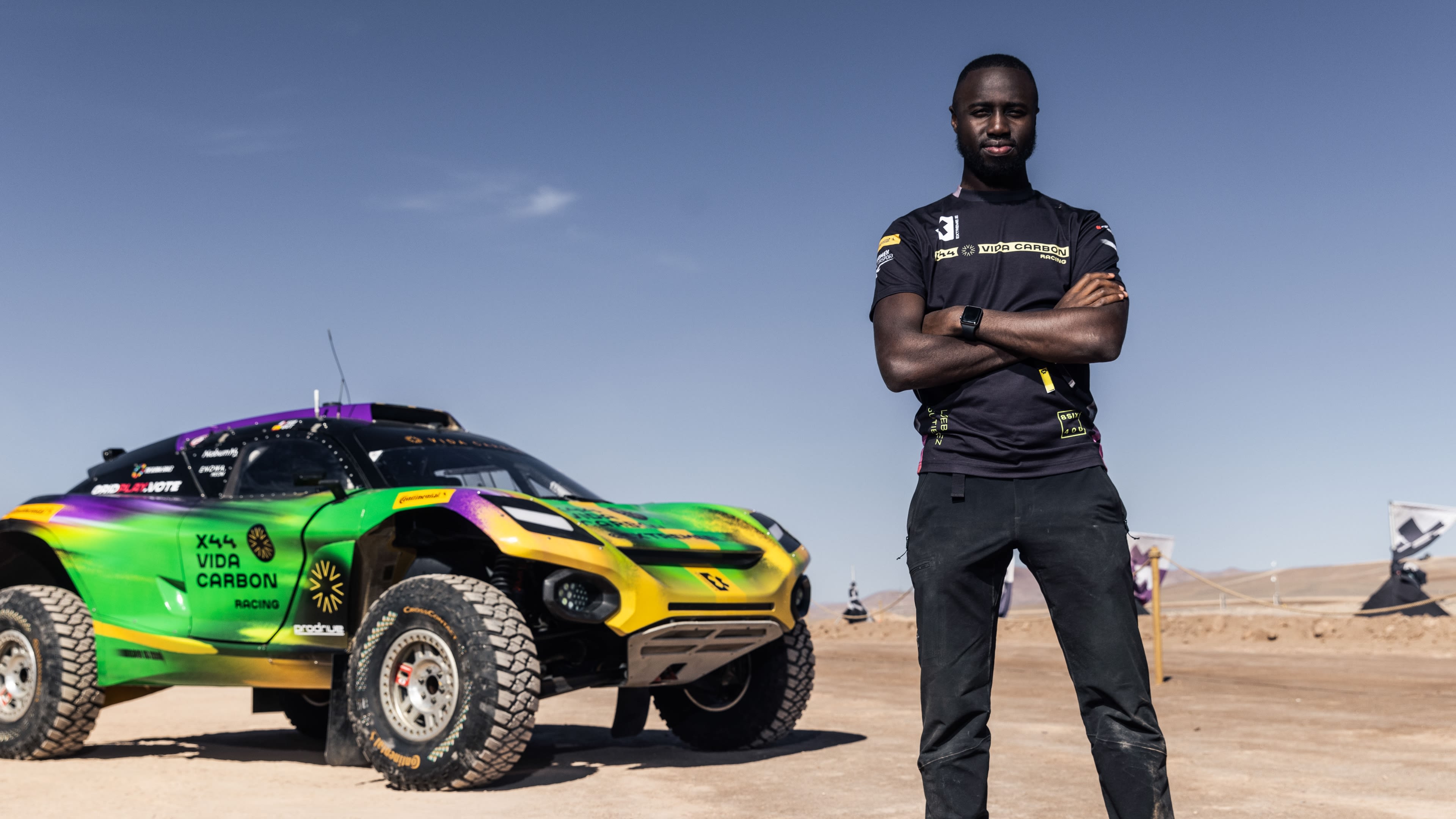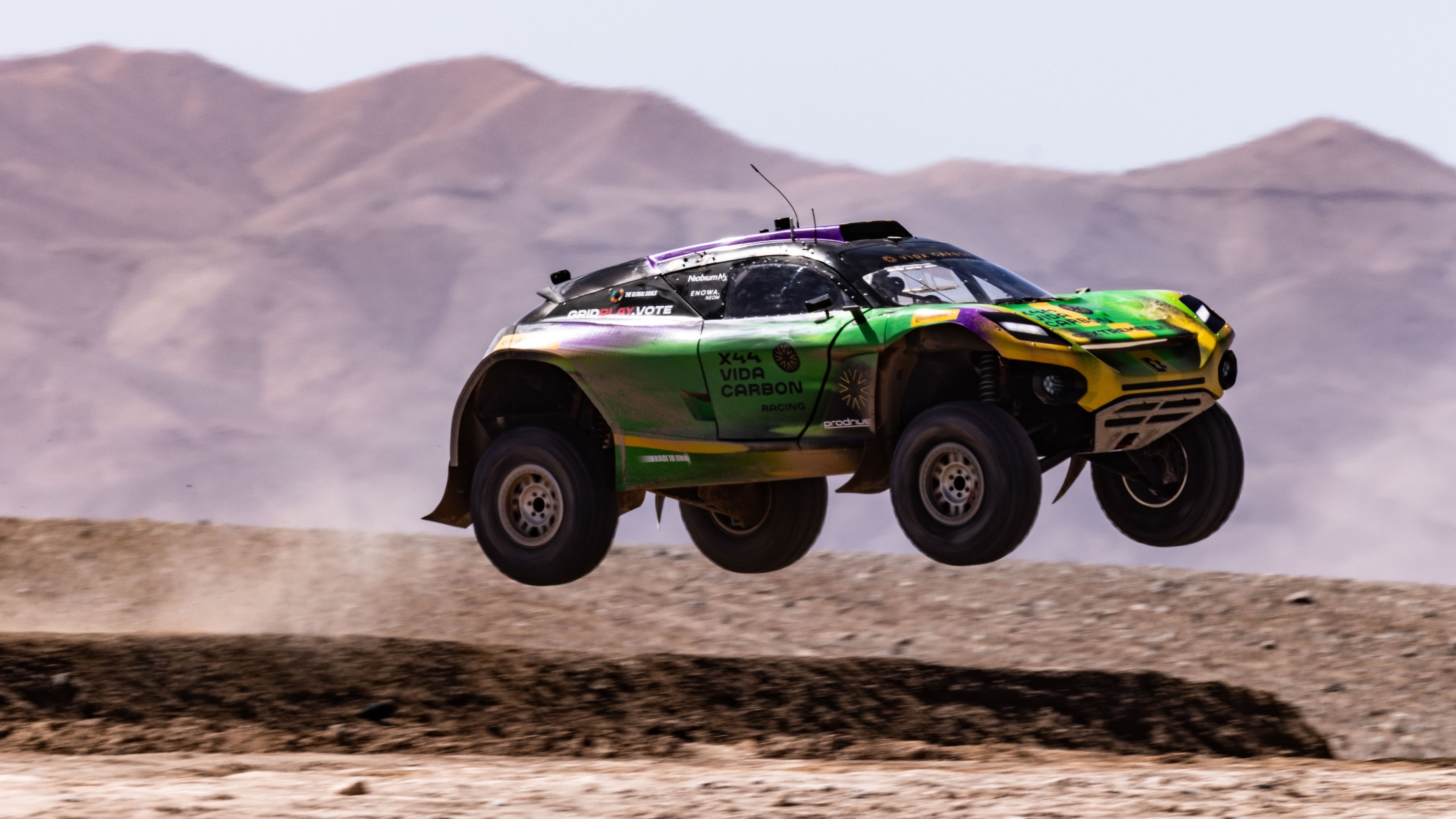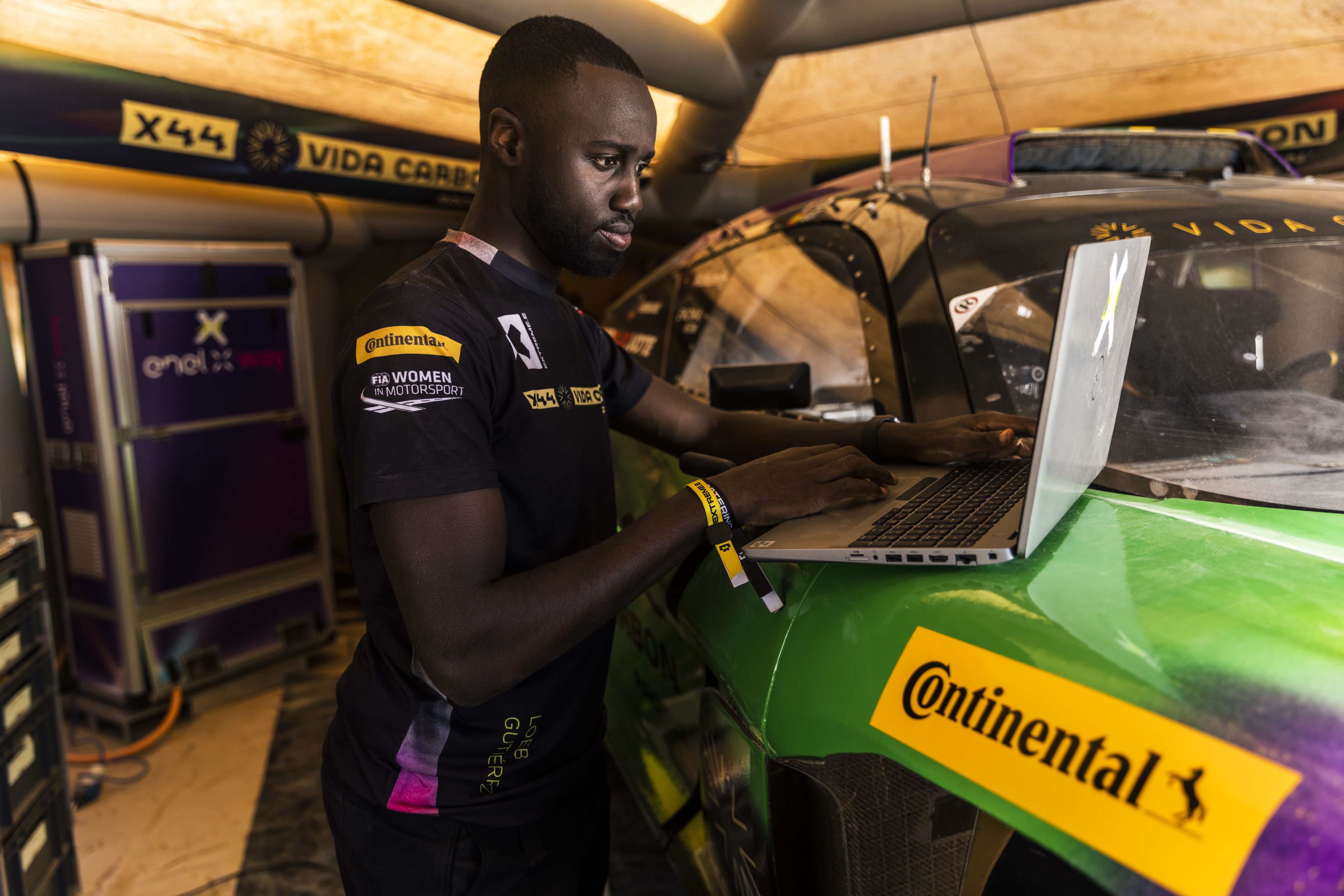Inspired By: George Imafidon
The winning formula
From fixing bikes to working with Sir Lewis Hamilton, George Imafidon (MEng Mechanical Engineering with Programming 2020) is an engineer on a mission

I first got into engineering when fixing my mates’ bikes. I could not afford my own, so I started working on theirs to make a bit of money. It grew into a small business and contributed to the cost of my first pit bike. But I quickly graduated from racing on two wheels to go-karting.
There was a track near my house where I learnt a lot about mechanics, and when it closed down, I decided to study a GCSE in Engineering. It is not a common course in English schools but I found it very empowering, and when my exam result was in the top one per cent in the country, I realised that here was something that I could do.
By year 12, I was already set on my course to help people through engineering. One of my first projects was developing a can crusher to free up space in recycling bins. Eager to learn more, I enrolled in an Engineering Solutions Summer School at UCL. I felt out of my depth learning how to build a touchscreen as I had never done anything like that before, but the summer school was a great introduction to all the amazing things that you could do at UCL. What clinched it for me as the place to study was discovering that UCL has its own Formula Student motor-racing team, which takes part in an annual event where more than 100 universities from around the world compete to design, build, test and race a car at Silverstone.
That summer, I created a braking device that cuts off all power if you are about to crash. In my second year, I led the new students on the team. I did not make the cut in my third year, so I did an internship at Rolls Royce and learnt about jet engines instead. For my degree project, I redesigned a component for them that resulted in an improvement to engine fuel consumption. It is funny how rejection can just be a redirection.

I have always enjoyed doing lots of different things to see how far I can push myself. I think being young is the time to take the most risks because you can afford to. Just before starting at UCL, I launched Motivez, a social enterprise to help young people level up and secure jobs in STEM. I grew up in Peckham in south east London, and I am a big believer in the talent you can find there. These people grow up around adversity and so many socio-economic barriers, yet they also come with a different perspective on life. Most of them do not take up opportunities such as scholarships and bursaries simply because they do not know what is available.

George Imafidon and the Motivez team meet with local school children. Image: Motivez
George Imafidon and the Motivez team meet with local school children. Image: Motivez
At Motivez, we improve access to these resources along with helping people find internship and training opportunities. During the pandemic, we ran more programmes around digital skills and employability, such as creating CVs, writing covering letters and interview skills. Having interned at many big brands, I knew how to get through the door, so it seemed a waste not to share those insights. We have helped more than 8,000 young people so far.
When an email from Sir Lewis Hamilton appeared in my inbox, I was convinced it was spam, but it was an invitation to join the Hamilton Commission. It was a research project in partnership with the Royal Academy of Engineering to investigate the barriers that young Black people experience getting into motorsport and the STEM sector.
Currently, less than one per cent of the 40,000+ people involved in motorsport come from Black backgrounds. I was there to provide a grassroots perspective on how to run programmes for young people. After an intensive 10 months, we produced a report with key recommendations around support, accountability and engagement.

Formula Extreme E involves racing electric SUVs in some of the world’s most remote and extreme environments to raise awareness of aspects of climate change. Extreme E manages a legacy programme that provides social and environmental support for these locations. It also promotes gender equality in motorsport by mandating that all teams consist of a female and a male driver who share equal driving duties.
While I was working at the Commission, Lewis was also busy setting up his Formula Extreme E team. One of his core goals was to build a representative team, to demonstrate that it is possible and to inspire the rest of the teams to do the same. He asked me to help them find the best Black mechanics and engineers to interview for roles. By this stage, I had given up on my motorsport dreams to focus on helping others. But then they asked for my CV, and after a lot of interviews and assessments, I joined Hamilton’s X44 team as a performance engineer.
My job is to join the dots between the car, the chief engineer, the mechanics and the driver, analysing all the variables to get the most out of the car and the quickest possible lap time in extreme environments such as Greenland and Senegal. As a sport, Formula Extreme E is not even two years old, which makes it such an exciting project to be part of, as is working with Lewis Hamilton. He has been a constant inspiration throughout my own journey to become a humanitarian engineer. Whatever I am doing as an engineer, people and planet are front and centre in my mind.


Portico magazine features stories for and from the UCL community. If you have a story to tell or feedback to share, contact advancement@ucl.ac.uk





